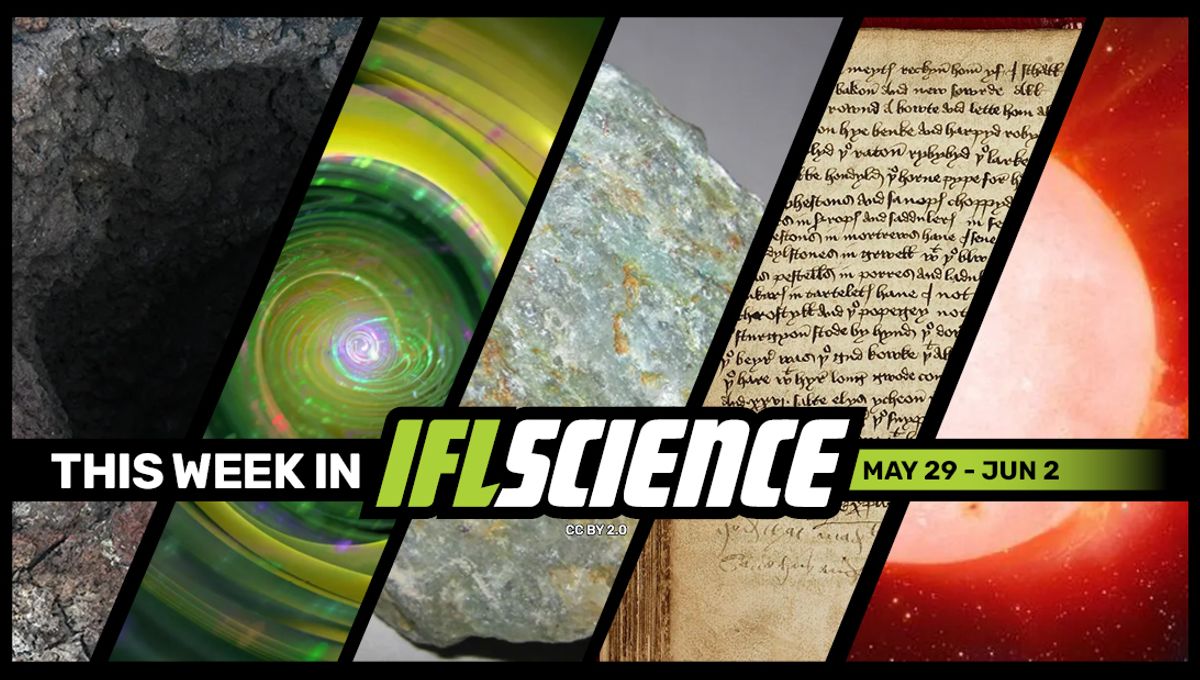
This week the first-ever X-ray of a single atom was achieved, a volcanic island is home to rocks that do not belong there, and we investigate the most spectacular end to the universe – vacuum decay.
Subscribe to the IFLScience newsletter for all the biggest science news delivered straight to your inbox every Wednesday and Saturday.
China Is Digging A 10,000 Meter Hole Into The Earth To Reach The Cretaceous System
Scientists in China have begun digging a 10,000-meter (32,808 feet) hole into the Earth, the deepest ever attempted in the country. Digging down through 10 layers of rock, the team hopes to reach rocks from the Cretaceous Period, the layer known as the Cretaceous System, which dates back up to 145 million years. Read the full story here
World’s First X-Ray Of A Single Atom Achieved
Thinking of X-rays might trigger memories of broken bones or dental check-ups, but this extremely energetic light can show us more than just our bones: it is also used to study the molecular world, even biochemical reactions in real time. One issue, though, is that researchers have never been able to study a single atom with X-rays. Until now. Read the full story here
The “Impossible” Rocks Found On Top Of A Volcanic Island
In the southwestern Indian Ocean, the volcanic island of Anjouan is home to a strange geological mystery. On the island, residents and geologists keep finding a type of rock that shouldn’t be there. Read the full story here
Incredibly Rare Record Of Medieval Stand-Up Comedy Show Reveals Monty Python-Esque Joke
As much as their bizarre medical ideas and feudal lifestyles may make us forget it, our medieval ancestors were really not much different from us. They used the same turns of phrase as we do; they chilled out in deck chairs and chowed down on an absurd amount of chicken – and according to a new discovery out of Scotland, they also enjoyed going out to watch a live comedy show or two. Read the full story here
Millions Of Exoplanets May Have Experienced A “Tidal Venus” Catastrophe
The question of the habitability of planets in the cosmos is a tricky one. Based on the one example we have, which is Earth, you want the planet to be neither too close nor too far away from its star. This is commonly known as the Goldilocks zone. A new study shows that it is not as simple as staying in it, unfortunately – it also depends on the shape of a planet’s orbit. Read the full story here
Feature of the week:
Meet “Vacuum Decay” – The Most Spectacular End To The Universe
There are a lot of theories surrounding the end of the universe. Among them is the theory of “vacuum decay”, and it is spectacular – in an end-of-everything kind of way. Read the full story here
Source Link: TWIS: China’s 10,000-Meter Hole Aims To Reach The Cretaceous System, Monty Python-Esque Joke Appears In Medieval Stand-Up Comedy Routine, And Much More This Week